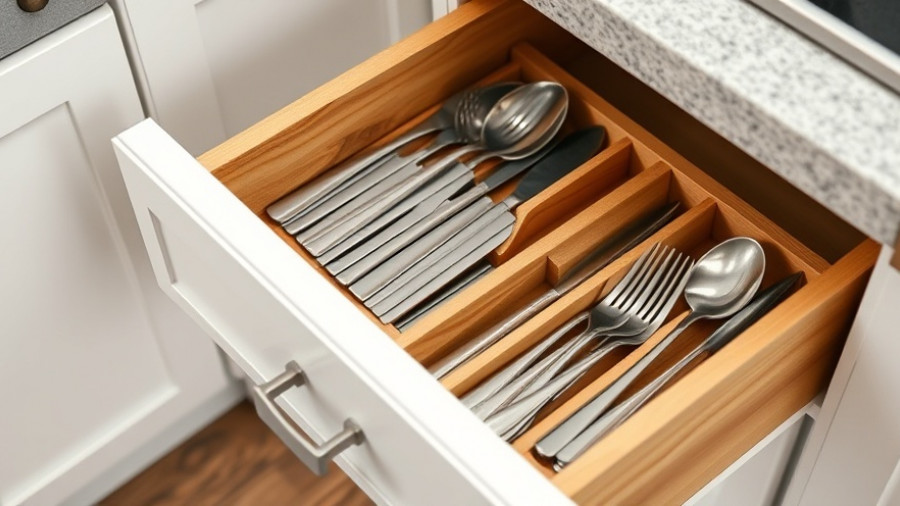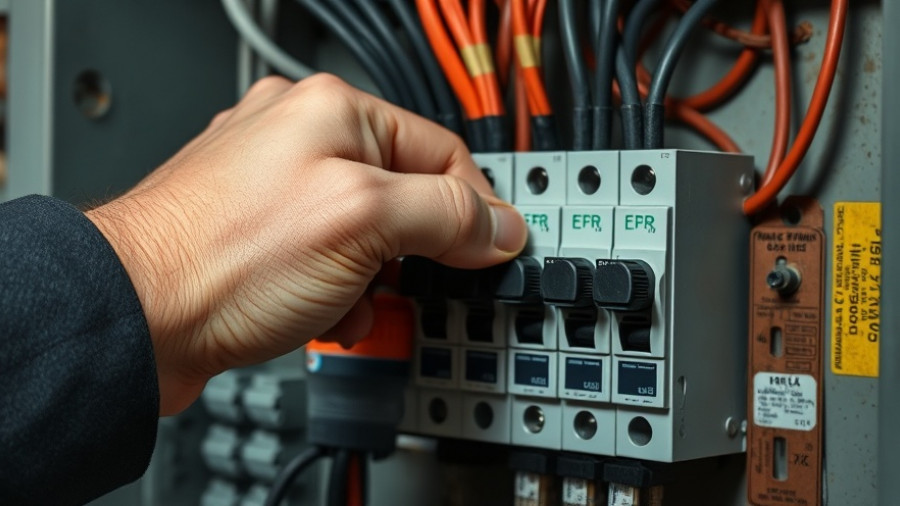
Understanding Asbestos: Why Caution is Essential
Imagine opening the door to your shed and feeling a wave of anxiety as you glance at some old insulation or a peculiar ceiling tile. You’re not alone in this panic; asbestos hides in many homes in East Anglia, often unnoticed until it’s too late. While reminiscent of a ghost story, the threat of asbestos is very real and needs to be handled with care. It’s been banned in the UK since 1999 due to its severe health risks, including asbestosis and mesothelioma, but many homes still harbor it.
Taking the proper steps to recognize and dispose of asbestos isn’t just about compliance with regulations; it’s about safeguarding yourself, your family, and your community. As future homeowners consider value-added improvements like kitchen remodel ideas or landscaping trends, they often neglect the hidden dangers in their own spaces. By prioritizing health and safety—especially in home renovation projects—everyone can contribute to building a healthier environment.
Is That Really Asbestos? Tips for Identification
If you suspect asbestos lurking in your home, how do you identify it correctly? Asbestos can appear in a variety of forms, particularly in older buildings. Common areas to check include:
- Outbuildings and old shed roofs
- Pipe insulation, especially in older homes
- Textured ceilings that give a swirly design
For an accurate identification, it’s always wise to consult a professional. They can perform a quick test, giving you a definitive answer that brings peace of mind before any renovation begins. While you might be tempted to take a DIY approach to check for asbestos, it’s similar to trying to fix your own car—sometimes, knowing when to call in an expert is the best decision.
DIY or Professional Help? Key Considerations
Once the asbestos is identified, a crucial decision awaits: Should you tackle this yourself or call in someone who specializes in asbestos disposal? If the material is intact and solid, there’s a chance you could handle it yourself, but only if you adhere to strict safety protocols. However, if it’s crumbling or appears to be breaking apart, it’s time to reach for the phone and call a licensed professional.
Many homeowners are hesitant to hire help due to budget concerns, but managing asbestos improperly can lead to severe health issues and even greater financial loss down the line. Remember, there’s no shame in prioritizing safety over saving a few pounds in a DIY effort.
Disposing of Asbestos: Follow the Guidelines
Your plan to dispose of asbestos waste should always be in compliance with local laws. Here’s a basic guideline to follow:
- Wrap the asbestos securely in thick plastic, making sure it’s sealed tightly.
- Label it clearly to prevent mishandling.
- Take it to a registered waste disposal facility that handles hazardous materials.
Following these simple steps not only ensures your safety but also contributes to community wellbeing by preventing asbestos from contaminating soil or water.
Community Impact of Safe Asbestos Disposal
As we focus on the importance of safe asbestos disposal, remember it’s not solely a personal responsibility—it impacts the entire community. Communities thrive when their members look out for one another. When one homeowner safely disposes of asbestos, they protect their neighbors from hidden dangers, foster trust, and contribute to a cleaner environment for future generations.
Additionally, by understanding the risks associated with hazardous materials, residents can engage in other home improvement projects that enhance curb appeal and create safe living spaces. Be it a bathroom upgrade or outdoor lighting ideas, health comes first.
Final Thoughts: Take Action for Safety
Understanding the implications of asbestos and following legal protocols isn’t merely another chore on your home maintenance planner—it’s a step towards creating a secure environment for your family and community. You are empowered to make the right choices. Whether opting for a DIY approach or hiring experts, prioritize safety. Ultimately, the home renovations you envision, from budget upgrades to artistic touches, start with a solid foundation of health and safety.
Don’t leave your health and the health of your loved ones to chance. Make informed choices today that result in a safer tomorrow. Explore community resources for safe disposal or seek professional help for those tricky asbestos questions. Remember that every small step contributes not just to your home—but to the broader community.
 Add Row
Add Row  Add
Add 




Write A Comment